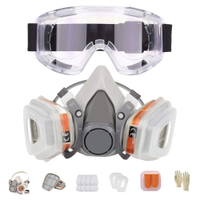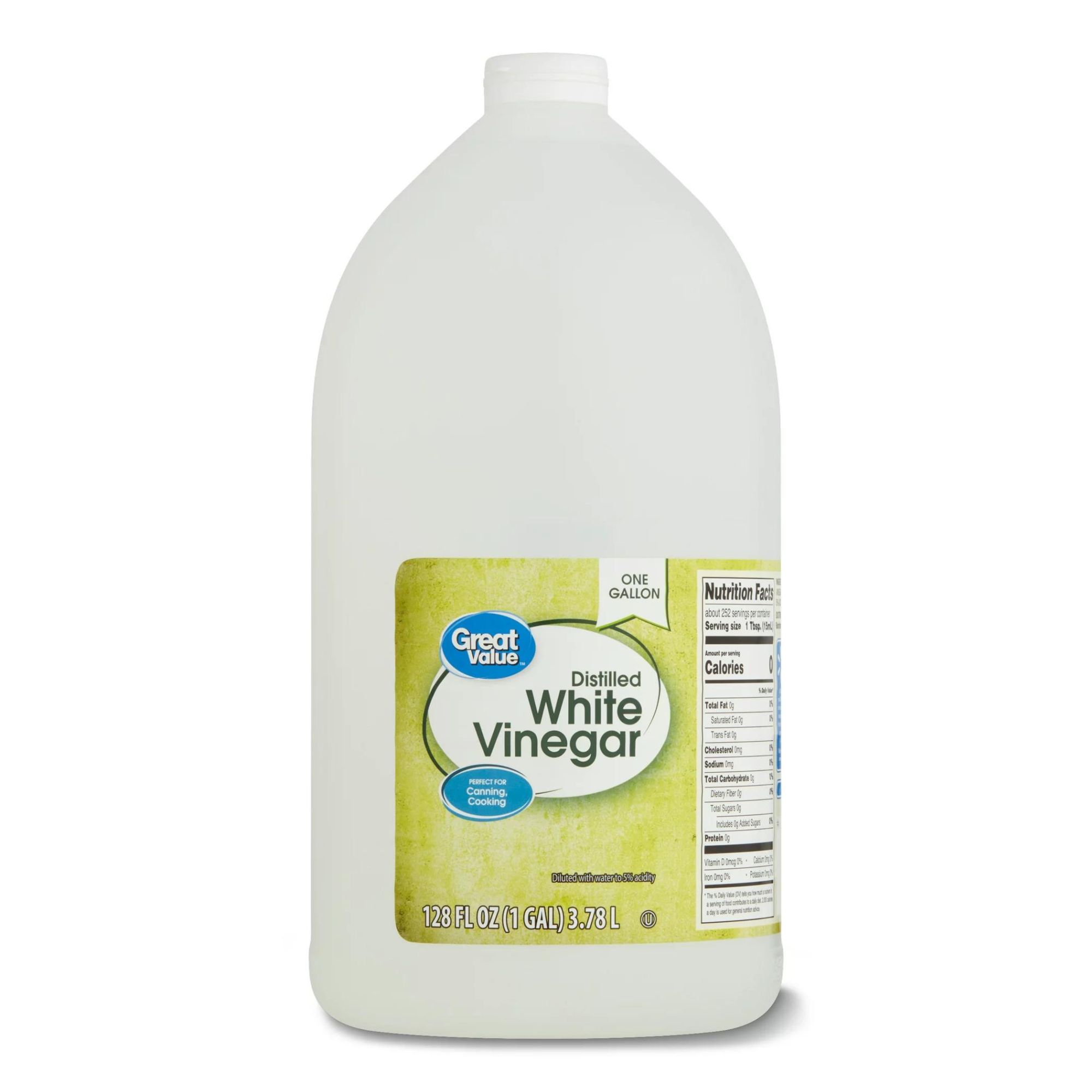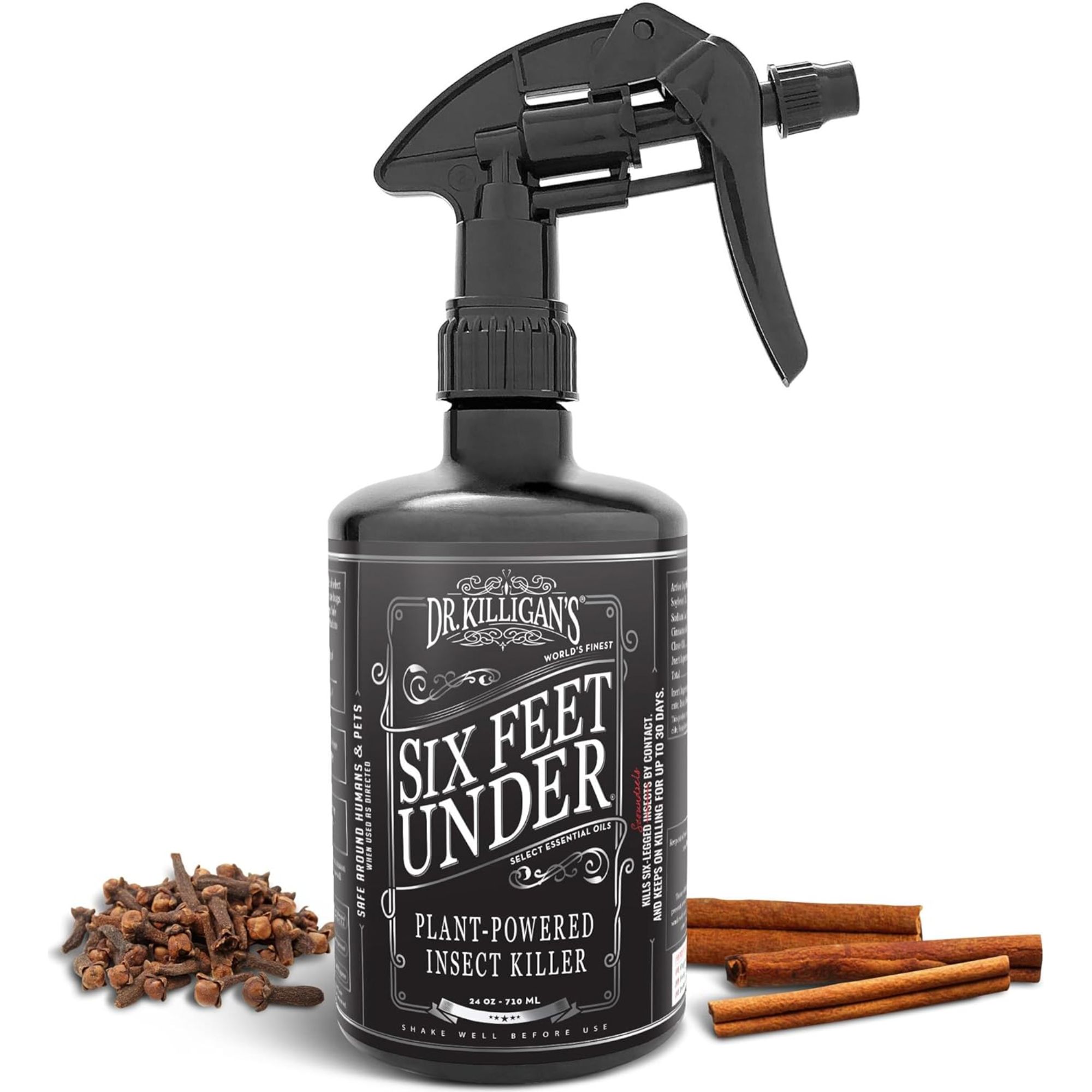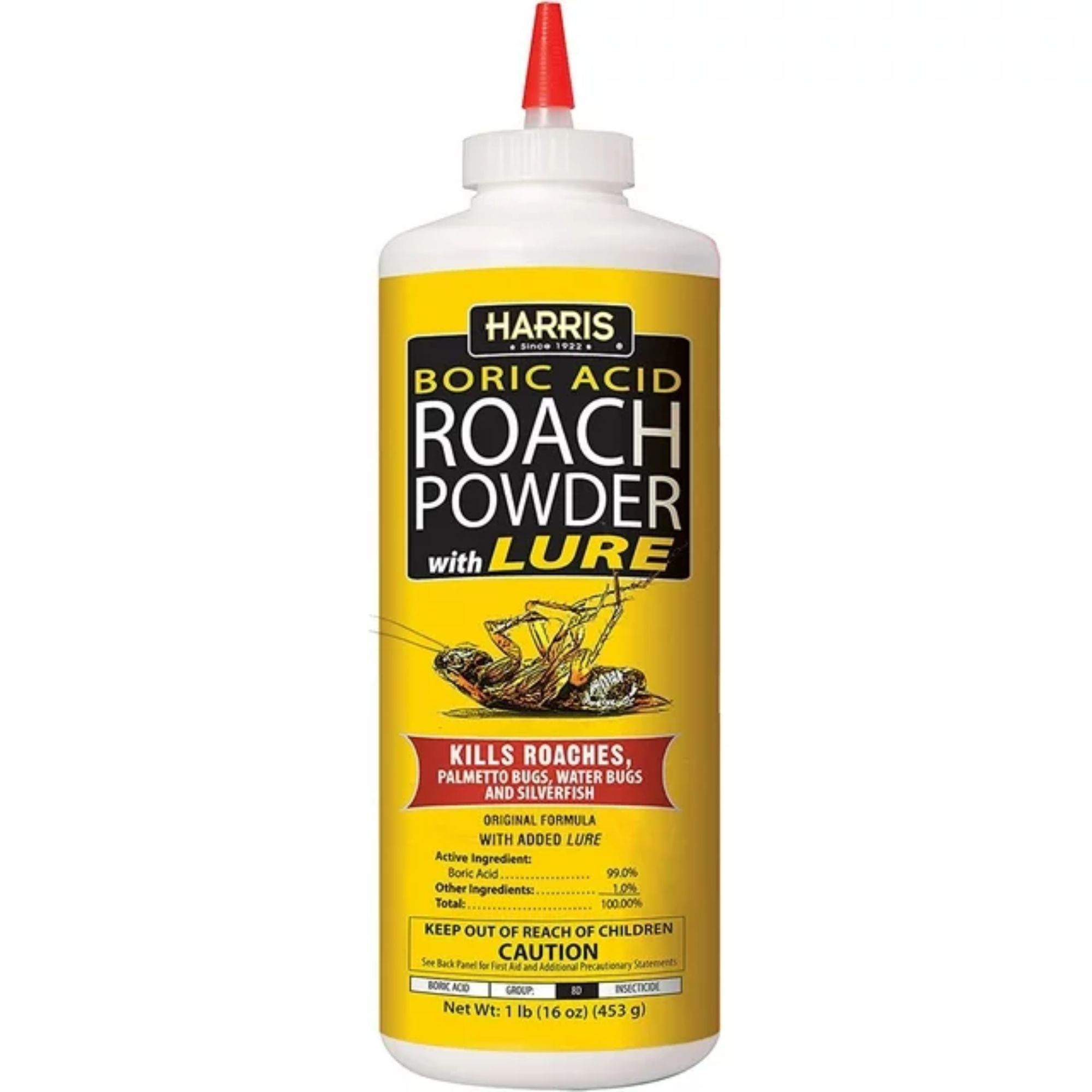How to get rid of larder beetles – 4 simple steps to remove them for good
Don't let these pests contaminate your food and take over your home


If you spot oval-shaped dark brown or black insects with a light-colored band across their back that are approximately 7-9mm in length, whitish eggs, or caterpillar-like larve covered with bristle-like tufts of hair, chances are you have a larder beetle infestation.
Larder beetles can be a persistent pest in areas of your home with an accessible meal for them, so it's important to take the proper steps to eradicate them entirely and prevent their return.
Here are the four steps pest and cleaning experts say will rid your home of these pests for good, including cleaning tips and methods to pest-proof your pantry and other areas of your home.
How to get rid of larder beetles
'Getting rid of larder beetles can be a bit of a process, and it’s not easily accomplished through simply using some bug sprays or powder solutions,' says Brett Bennett, Director of Operations at PURCOR Pest Solutions. 'You need to implement a combination of methods, including targeting the source, cleaning, using pest remedies to remove them, and then implementing deterrents to keep them away for good.'
1. Remove the attractant

'Larder beetles, consistent with their name, tend to be found in pantries where they are mostly attracted to dried animal products and the like,' explains Brett Bennett. 'They do not tend to infest other dry goods, but you might notice them in open bags of pet food, for instance. I also tend to see them associated with other infestations since they're known to feed on deceased rodents or other insects.'
During an inspection, check all pantry items, dry goods, and any hidden places, such as behind appliances and in cracks, where food particles might accumulate. Look where larder beetles area congregating for any rodent or insect remains.
Get rid of and clean up whatever has attracted them. Throw away any food that shows signs of infestation. Seal them in a vacuum-sealed bag or empty the vacuum container directly outside to prevent contamination. If you need to remove a deceased rodent, handle it using the proper safety equipment and procedures to avoid spreading germs.
Reusable Face Cover Set | $19.99 from Amazon
Wear the appropriate safety equipment like gloves, goggles, and masks when dealing with contaminants.
2. Clean thoroughly

Remove everything from the area where the infestation was in. Vacuum any shelves, under appliances or cabinets, and all crevices and corners to ensure you've removed completely any beetle larvae and eggs.
Then, use a mixture of equal parts water and white vinegar to wipe down shelves, pantry surfaces, and floors. This solution helps eliminate any food residue and odor that might attract beetles.
3. Remove the remaining beetles

While removing the attractant should encourage the larder beetles to relocate and find a source of food elsewhere, it won't guarantee they will leave your home. Unfortunately, simply relocating live beetles is not an effective method of pest control since putting them outside may result in them finding their way back into your home or infesting another nearby area. So, for the more evasive larder beetles that you can't remove by vacuuming them up, you can use traps or pesticides to exterminate and remove them.
To create a larder beetle trap, Daniel Brown, a cleaning expert and CEO of Handy Cleaners, says: 'Prepare a vinegar trap in a shallow dish by adding apple cider vinegar and a few drops of dish soap. The strong scent of vinegar attracts larder beetles, while the dish soap lessens the surface tension and causes them to drown once they land in the solution. Set up these traps in areas with high beetle activity, like near food storage areas or pantry shelves.
'Otherwise, standard pest-repellent techniques tend to work pretty well. These include applying diatomaceous earth, using glue traps, and even ant spray.'
For example, you can apply a very thin coating of boric acid dust to cracks, crevices, and hiding places where larder beetles may be found. Boric acid is a natural insecticide that injures the exoskeleton of the beetles, leading to their dehydration and, consequently, death. Use boric acid carefully, making sure to follow all the safety requirements.
4. Prevent their return

To deter larder beetles from returning, you can use some of the methods below to pest-proof your home, focusing on any areas that have been infested or potential entry points for beetles.
- Regularly clean and inspect pantry areas to catch any early signs of infestation.
- Store food in airtight containers made of glass or heavy plastic to keep beetles from accessing it.
- 'After the food source problem has been solved and you can find no more beetles, I recommend spraying the problem areas with a pesticide so that any new larder beetles that may try to come in will die,' advises Jeremy Yamaguchi, CEO of Lawn Love. Apply natural pesticides that won't be harmful to humans or pets.
- Use natural repellents like bay leaves or cloves in cupboards, as these can deter larder beetles from entering your kitchen. 'The strong smell can be unpleasant for beetles and can interfere with their mating and eating activities,' explains Daniel Brown. 'Make a herbal repellent at home by mixing strong-smelling herbs, such as bay leaves, cloves, or eucalyptus. Put these herbs into sachets or mesh bags and place them at locations where larder beetles are commonly found.
- 'Sprinkle cinnamon powder along the door thresholds, windowsills, and entry points where the larder beetles may infiltrate your home. Cinnamon has some compounds that can repel insects, and it will form a barrier in the area where beetles won't cross.'
- Larder beetles will enter homes through small cracks and gaps in the walls. Seal those up to help reduce the chances of them getting into the house.
- You can also purchase ultrasonic pest resellers that create a high-frequency sound that humans can't detect but is disturbing to larder beetles. Place these devices throughout your house, especially at locations where beetle activity has been seen. This 6 pack of ultrasonic pest repellers is Amazon's top choice.
VTOPMART Glass Canister Set | $26.99 from Walmart
Keep your pantry staples safe from unwanted pests with these stylish glass containers.
If there seems to be an abundance of larder beetles entering your home, Daniel Brown, pest control expert, advises solving this problem at its route: 'Purchase beneficial nematodes from your local home and garden center and release them in your garden or outdoor spaces where larder beetles are known to live. These microscopic creatures feed on beetle larvae found in the soil, which will help control the beetle population in a natural and organic way, without the need for chemical pesticides.'
Sign up to the Homes & Gardens newsletter
Design expertise in your inbox – from inspiring decorating ideas and beautiful celebrity homes to practical gardening advice and shopping round-ups.

Lola Houlton is a news writer for Homes & Gardens. She has been writing content for Future PLC for the past six years, in particular Homes & Gardens, Real Homes and GardeningEtc. She writes on a broad range of subjects, including practical household advice, recipe articles, and product reviews, working closely with experts in their fields to cover everything from heating to home organization through to house plants. Lola is a graduate, who completed her degree in Psychology at the University of Sussex. She has also spent some time working at the BBC.
-
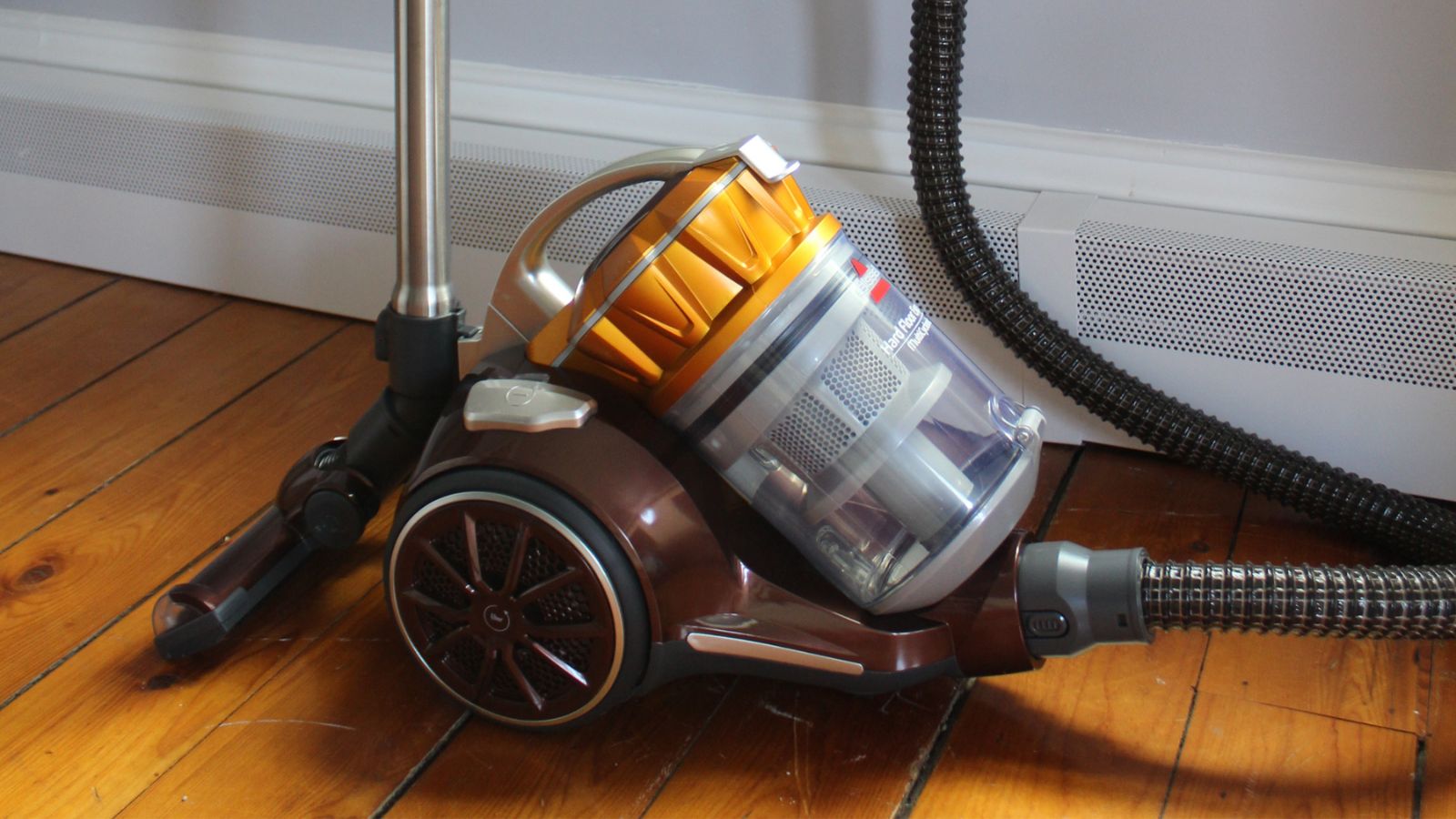 Bissell Hard Floor Expert canister vacuum review – if your home has smooth floors, this is all you need
Bissell Hard Floor Expert canister vacuum review – if your home has smooth floors, this is all you needAs the name suggests, this canister vacuum works wonders on hard floors, but even a low-pile rug is too much of a challenge
By Camryn Rabideau
-
 Sarah Jessica Parker's living room is a treasure trove of presumably clashing patterns – they're unexpected stars of the 'slow furnishing' trend
Sarah Jessica Parker's living room is a treasure trove of presumably clashing patterns – they're unexpected stars of the 'slow furnishing' trendUnlikely prints combine harmoniously in the actress's bold living room for a warm, welcoming effect – experts say her style is growing more popular
By Sophie Edwards
